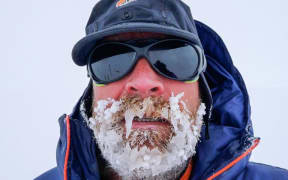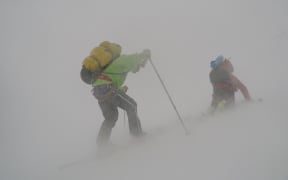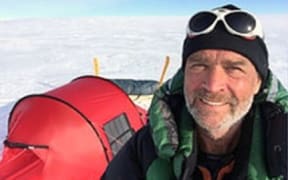A scientific expedition in the Antarctic has set out on a quest to find Sir Ernest Shackleton's lost ship.
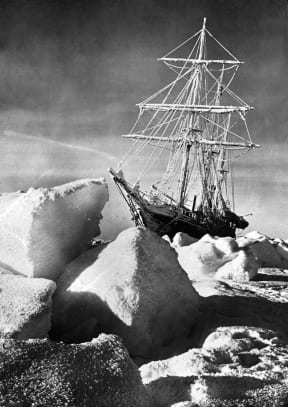
Endurance in the Weddell Sea, pictured in October 1915. Photo: AFP
The team has spent the past two weeks investigating the Larsen C Ice Shelf and the continent's biggest iceberg, known as A68.
And this puts it just a few hundred km from the last recorded position of the famous British explorer's vessel, the Endurance.
The polar steam-yacht was crushed in sea-ice and sank in November 1915.
Shackleton's extraordinary escape from this loss, saving his crew, means there is considerable interest in finding the wreck.
Endurance should be resting on the ocean floor, some 3000m down.
The Weddell Sea Expedition 2019 team wants to grab the chance of making the discovery, using robotic submersibles.
'The enemy is ice'
Donald Lamont who is on the expedition committee told Morning Report, for the team as was for Ernest Shackleton, "the enemy is ice".
"We're not trying to retrieve anything. Our aim is to photograph it, document the precise location and report these to the UK authorities for designation as a historic site through the Antarctic Treaty."
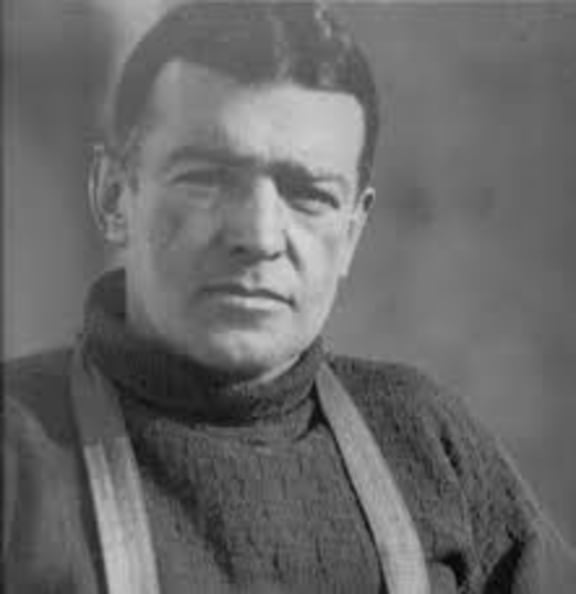
Ernest Shackleton Photo: Wikicommons
It will be then protected and people that might want to take an expedition there to retrieve items wouldn't be able to do so without permission.
He said the expedition arose from curiosity and scientific activity.
"Is it intact? Has it been crushed? At 3000m in the Antarctic is there anything that might eat away at the wood? Most people think it will be very much recognisable, sitting relatively upright. Human beings like to know these things."
On Sunday, the researchers announced that their work at Larsen and A68 was complete, and that they would now concentrate on finding the wreck.
But the group will have a tough job reaching its presumed location, concedes chief scientist Prof Julian Dowdeswell.
"We've got a journey of several hundred km from where we are now through really heavy and quite difficult sea-ice," he told BBC Radio 4's Inside Science programme last Thursday.
"We shall do our best to get there with the excellent ice-breaker that we have, but in any given year it will be very difficult to judge whether you will be able to penetrate the sea-ice."
The team has a very good idea of where the Endurance should be.
Shackleton's skipper on the vessel, Frank Worsley, was a highly skilled navigator, and used a sextant and chronometer to calculate the sinking's co-ordinates - 68°39'30.0" South and 52°26'30.0" West.
The ship is almost certainly within a few nautical miles of this point.
If Prof Dowdeswell's ice-breaker, the SA Agulhas II, can get reasonably close - it will be game-on.
The American geophysical survey company Ocean Infinity is part of the Weddell Sea Expedition group. It has a Kongsberg Hugin autonomous underwater vehicle that it will deploy to map a 20km by 20km grid square on the ocean floor.
If it succeeds in locating the Endurance, a remotely operated vehicle will then be sent down to photograph the wreck site.
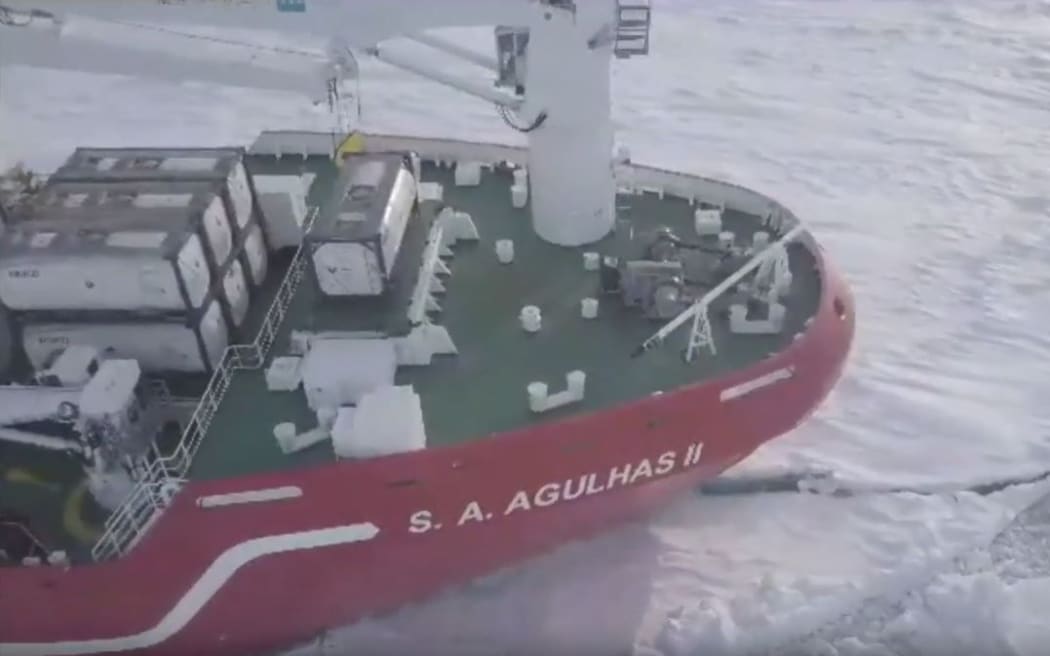
Photo: Youtube
The organisms that normally consume sunken wooden ships do not thrive in the cold waters of the Antarctic, so there is optimism that Endurance's timbers are well preserved. That said, crushing forces had done quite a bit of damage to the vessel before she slipped below the floes.
"I think that if we locate the Endurance, the greater likelihood will be that her hull is semi-upright and still in a semi-coherent state," commented marine archaeologist Mensun Bound.
"However, on the evidence of the only deep-water wooden wreck I have been privileged to study, I must concede that there is every possibility that she could have been wrenched wide open by impact (with the seafloor), thus exposing her contents like a box of chocolates," he wrote on his expedition blog.
Luck has been with the Weddell cruise so far.
We have begun transiting to the sinking site of Shackleton’s ‘Endurance’. As we trace the path taken in 1914/15, we feel connected to the heroic men of the Endurance that survived the harsh and remote environment of the Weddell Sea. #Endurance #WeddellSeaExpedition2019 pic.twitter.com/ZUNJvamWlp
— Weddell Sea Expedition 2019 (@WeddellSeaExped) January 28, 2019
Attempts to get to Larsen C in recent years by other expeditions were thwarted by the sea-ice conditions, but the SA Agulhas II made the most of favourable circumstances to reach Larsen and complete an extensive range of studies.
The ice shelf is the fourth largest such structure in the Antarctic.
It is an amalgam of glacier fronts that have flowed off land and lifted up to form a floating platform.
Similar shelves to the north have collapsed in past decades and researchers want to understand the current status and likely future prospects of Larsen C. Was the calving from the shelf of the monster berg A68 in July 2017 just part of a natural cycle, or an indication that changes are coming?
"We have acquired detailed observations on the glaciology, oceanography, biology, and geology of the little known area around the Larsen C Ice shelf and the huge A68 iceberg," said Prof Dowdeswell, who is also the director of the Scott Polar Research Institute in Cambridge, UK.
"Analysis of this data will allow us to better understand the contemporary stability and past behaviour of Larsen C, with its wider implications for ice sheet stability more generally."
- with additional reporting from BBC


